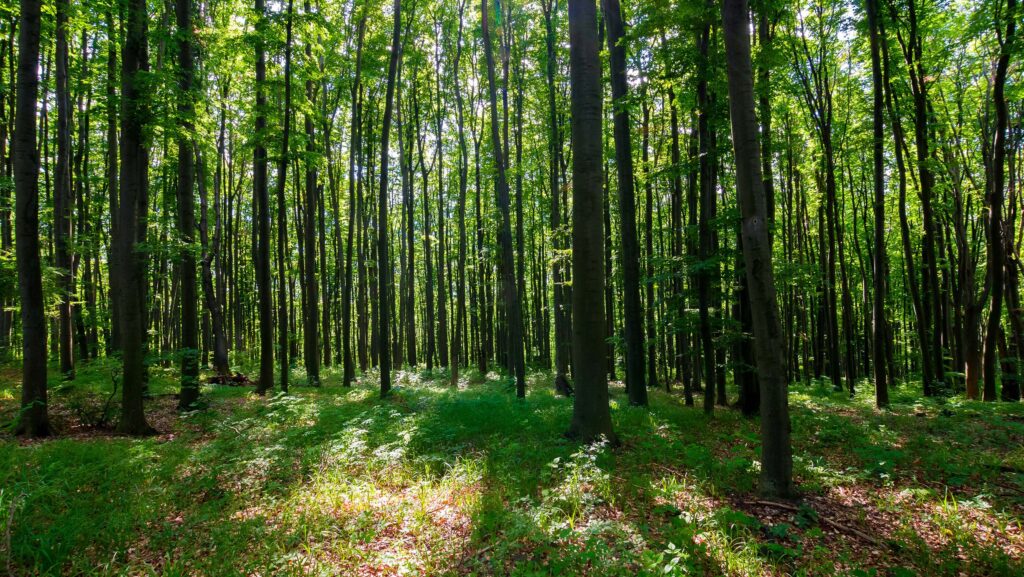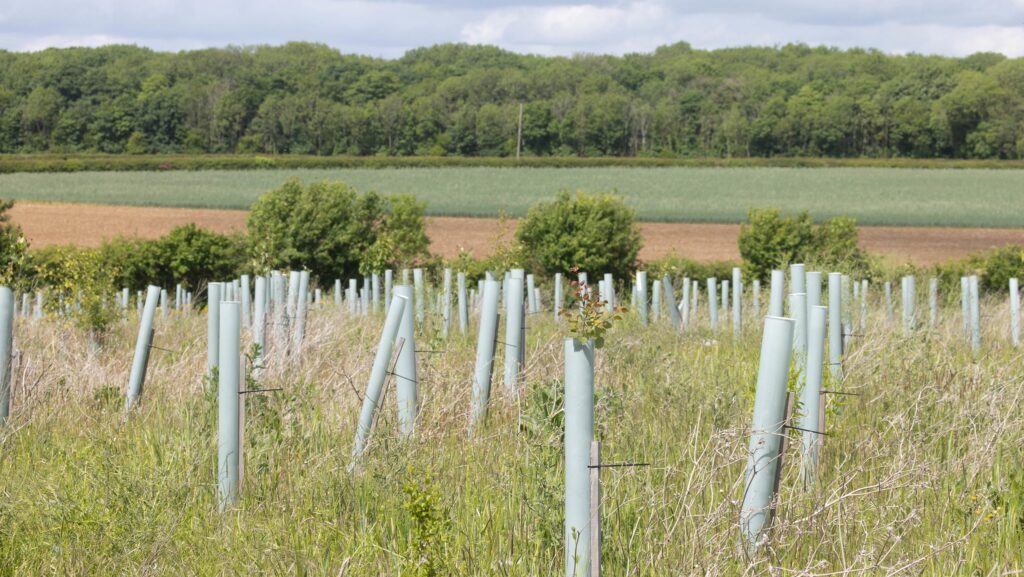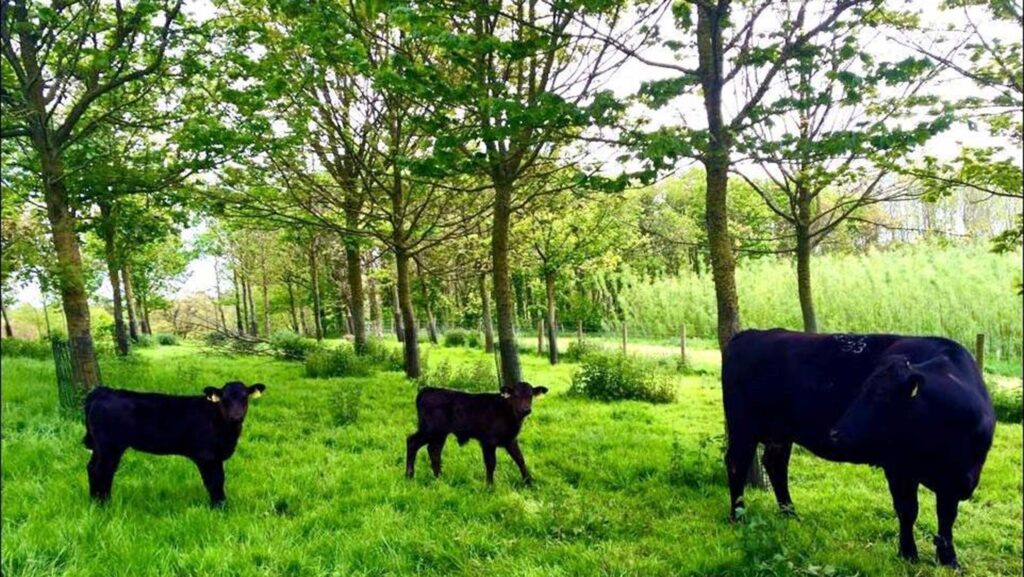Forestry Commission issues new advice for farmers
 © Forestry Commission
© Forestry Commission Planting the right trees in the right place on farms just got easier, with the publication of a new guide from Forest Research (the Forestry Commission’s research arm) and Reading University.
The Tree Species Guide for UK Agroforestry Systems provides information on 33 species suitable for planting in UK agroforestry systems, helping farmers to deliver a multitude of financial and environmental benefits.
The guide also highlights various grants available to support tree planting and maintenance on agricultural land.

© Tim Scrivener
These include the Environmental Land Management schemes and the Forestry Commission’s England Woodland Creation Offer, which provides 15 years of annual maintenance payments, as well as covering standard capital costs and other related expenses.
See also: How to plant trees on your farm
Tom Breeze, senior research fellow in ecological economics at the University of Reading’s School of Agriculture, Policy and Development, said: “Our goal is to make farming with trees more accessible, increase awareness of its benefits, and spark a conversation about how agroforestry can transform agriculture in the UK.”
Trees on agricultural land provide numerous benefits, such as protecting soil, storing carbon, and offering saleable products including timber, fruits and nuts.

© Forestry Commission
They also provide shade and shelter for livestock. Planting the right trees in suitable locations enhances farm resilience to climate change, diversifies the business, and reduces vulnerability to market fluctuations.
Forestry Commission chief executive Richard Stanford said: “A wide variety of trees are suitable for a range of situations from livestock farming to arable; this guide will help farmers, land managers and foresters enjoy the whole host of benefits incorporating trees into farmland while maximising food production.”
According to the tree planting guide, species such as hornbeam, beech, goat willow and walnut are among the best choices for planting on farmland.
